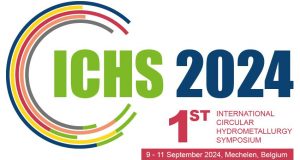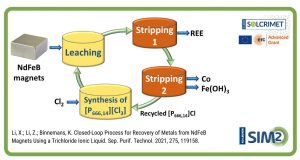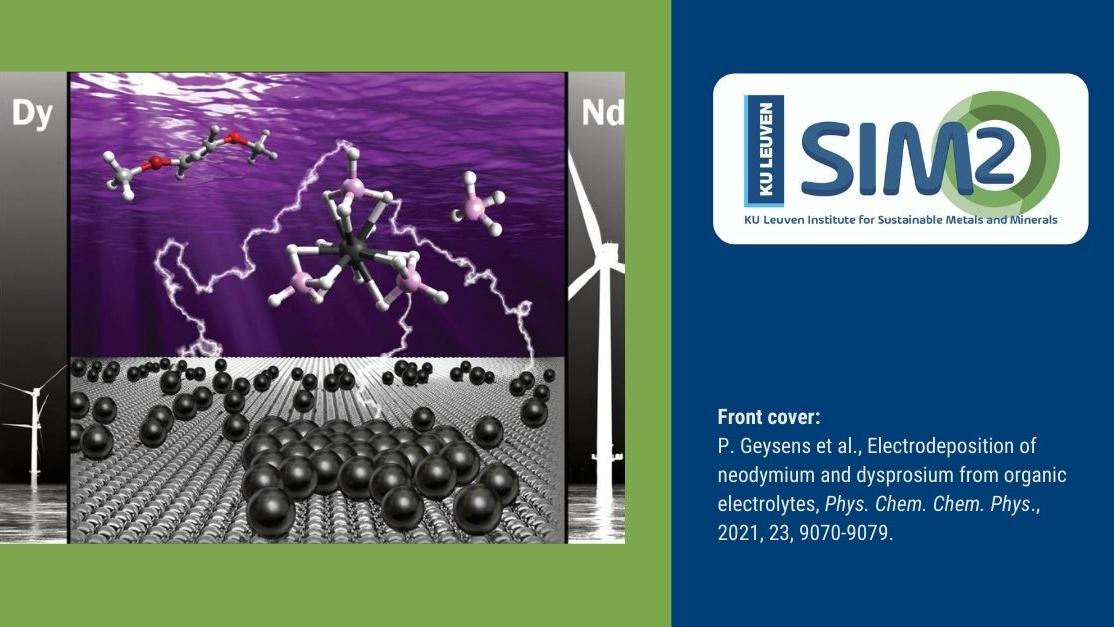On February 5-7, 2019, the DEMETER Concluding Symposium took place in Leuven. Around 70 experts from 38 organisations and 11 countries participated in the debate about the future of Electric Vehicles and the role of rare-earth permanent magnet phases and motors. They also discussed the criticality of rare earths. Presentations and photos are now available. (Peter Tom Jones, Leuven, 20/02/2019)
Presentations and photos
The presentations from the symposium can be found here: https://lnkd.in/dRFPvuP. Photos of the event are here: https://lnkd.in/e3crBTC. In the near future the DEMETER & SIM² KU Leuven teams will publish a Policy Brief on the Lessons Learned. Thanks to Allan Walton for moderating the debates and Asst. Prof. Kristina Žužek Rožman, Sofia Riano, Peter Rasmussen and Jose R. Garcia Santamaria for chairing the various sessions.
Rationale for the Symposium
 The DEMETER Symposium featured a high-quality, “beyond-science-only” programme on rare-earth permanent-magnet motors and the e-mobility revolution. The three-day Symposium provided the floor to invited international experts from industry, academia and the European Commission, as well as the early-stage researchers from the ETN DEMETER project who will present their final results (watch the DEMETER video here). The Symposium included two exciting panel discussions, which stimulated a wider societal debate about the transition to a low-carbon mobility system, the requirement of critical metals (incl. rare earths), the Social License to Operate to mine and/or recycle critical metals, as well as the geopolitical aspects of rare earth sourcing. The Symposium was a co-organisation of DEMETER, SIM² KU Leuven and GloREIA.
The DEMETER Symposium featured a high-quality, “beyond-science-only” programme on rare-earth permanent-magnet motors and the e-mobility revolution. The three-day Symposium provided the floor to invited international experts from industry, academia and the European Commission, as well as the early-stage researchers from the ETN DEMETER project who will present their final results (watch the DEMETER video here). The Symposium included two exciting panel discussions, which stimulated a wider societal debate about the transition to a low-carbon mobility system, the requirement of critical metals (incl. rare earths), the Social License to Operate to mine and/or recycle critical metals, as well as the geopolitical aspects of rare earth sourcing. The Symposium was a co-organisation of DEMETER, SIM² KU Leuven and GloREIA.


 European Training Network for the Design and Recycling of Rare-Earth Permanent Magnet Motors and Generators in Hybrid and Full Electric Vehicles (DEMETER)
European Training Network for the Design and Recycling of Rare-Earth Permanent Magnet Motors and Generators in Hybrid and Full Electric Vehicles (DEMETER)



